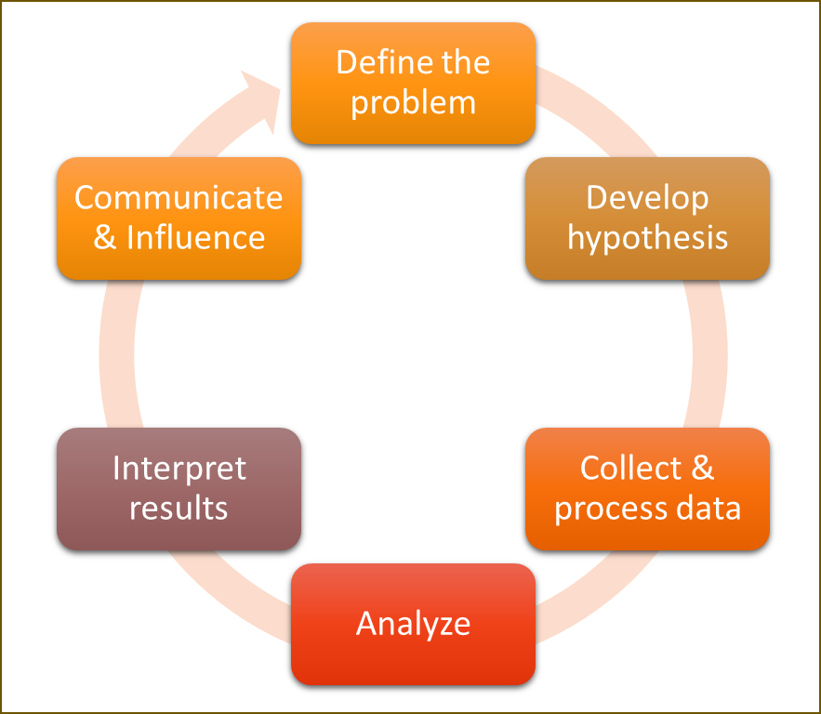The Most Important Letter in Analytics is "Y"
- Derrick Yuen, MBA

- Sep 17
- 2 min read

When people think about analytics, they often imagine complex equations, sophisticated algorithms, or programming languages. But analytics isn’t about the math. It isn’t even about the tools. At its core, analytics is about solving problems—for the right reason.
And that’s why the most important letter in analytics is “Y”.
Because before you can get to the what, the how, or the so what, you must understand the why.
The Six Steps of Analytics

At FYT Consulting, we approach analytics through six clear steps:
Problem definition
Hypotheses development
Data collection and processing
Analysis
Interpretation
Communication
When done well, this framework provides a structured way to turn data into meaningful, actionable insights. But here’s the truth: most analytics projects fail at step 1 or step 6.
A poorly defined problem statement sends the project in the wrong direction.
A poorly formed or poorly told data story leaves stakeholders without a clear path to decision-making.
Why “Why” Matters
At the heart of it all lies a simple but powerful question: Why are we doing this analysis?
This “why” acts as a compass. It directs the scope of the analysis, determines what data matters, and ensures the insights are grounded in the real business problem. Without the “why,” analytics becomes an academic exercise—accurate, perhaps, but not useful.
Analytics can solve the equation. But without context, without clarity of purpose, the answers may not mean anything for the people making decisions.
“Why” Shapes the Story

Understanding the why doesn’t just guide the analysis—it also shapes the way the story is told.
The best analysts know that every dataset contains noise, distractions, and tangents that can easily overwhelm stakeholders. The why helps filter out the clutter and focus attention on what matters most.
It tells the analyst which results are essential and which can be left out.
It highlights the evidence that connects directly to the problem at hand.
It gives the analyst confidence to say not just what the data shows, but why it matters.
When the “why” is clear, the data story becomes sharper, simpler, and more compelling—helping decision-makers act with confidence.
Shifting the Mindset
Successful analysts don’t just chase answers. They challenge assumptions, clarify objectives, and frame the analysis around purpose.
Why does this problem matter?
Why should a decision-maker care about this result?
Why does this analysis create value for the organization?
By anchoring every step of the analytics process to the “why,” analysts ensure their work leads to insight, not just output.
Final Thought
Analytics is not a math problem. It’s a decision-making tool. And the most important letter in analytics isn’t X, or Z, or even D for “data.”
It’s Y—because without the why, none of the rest matters.































Comments